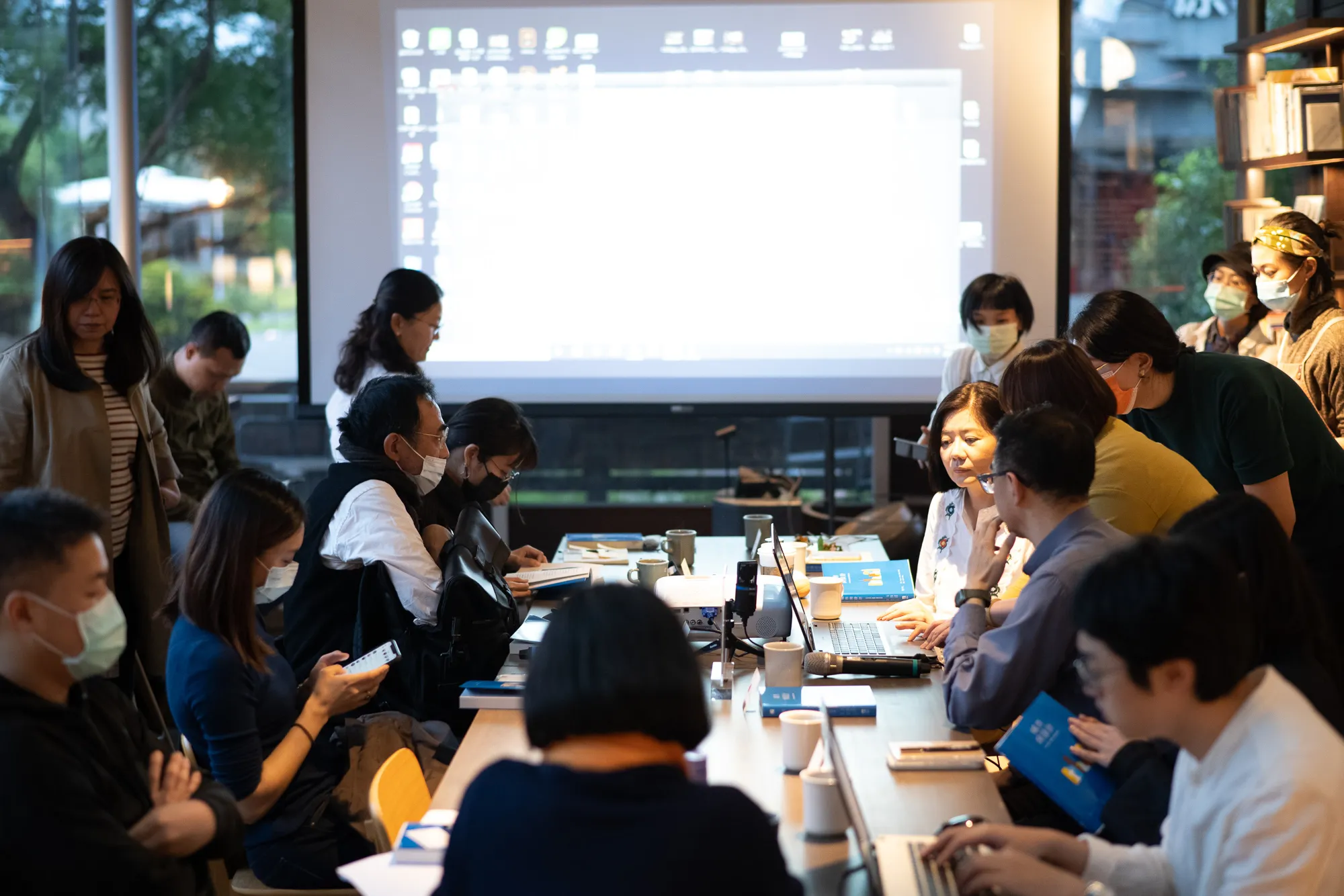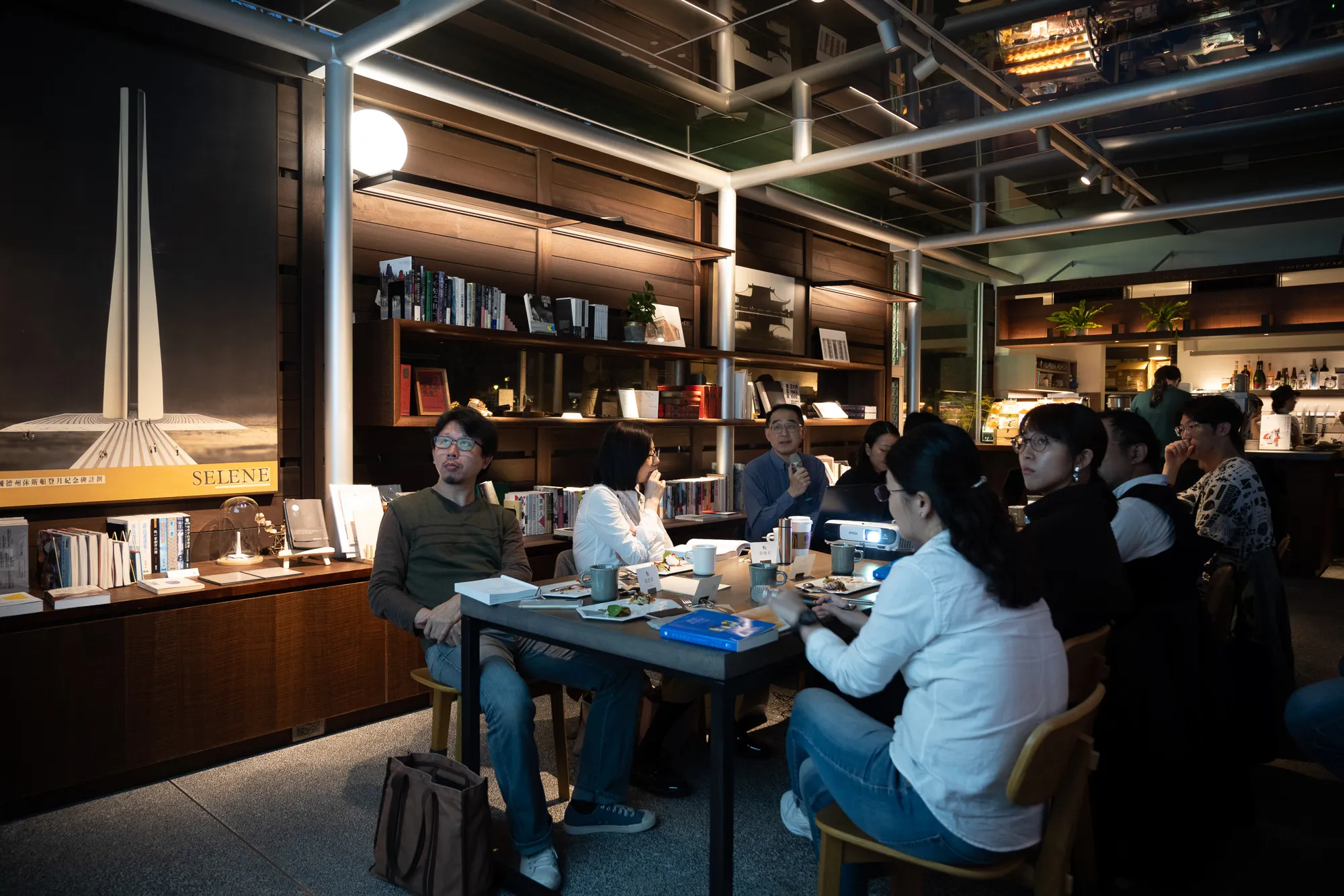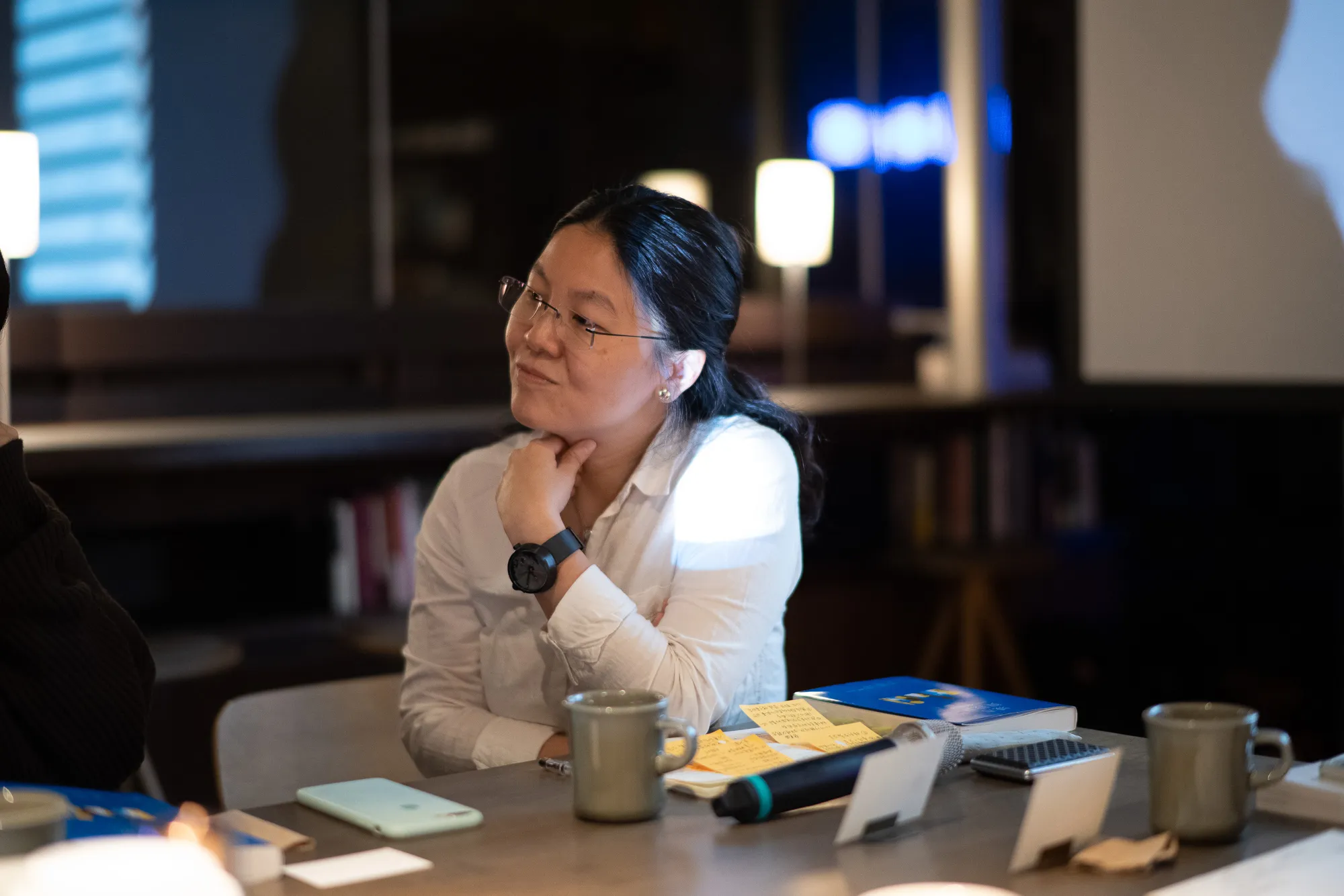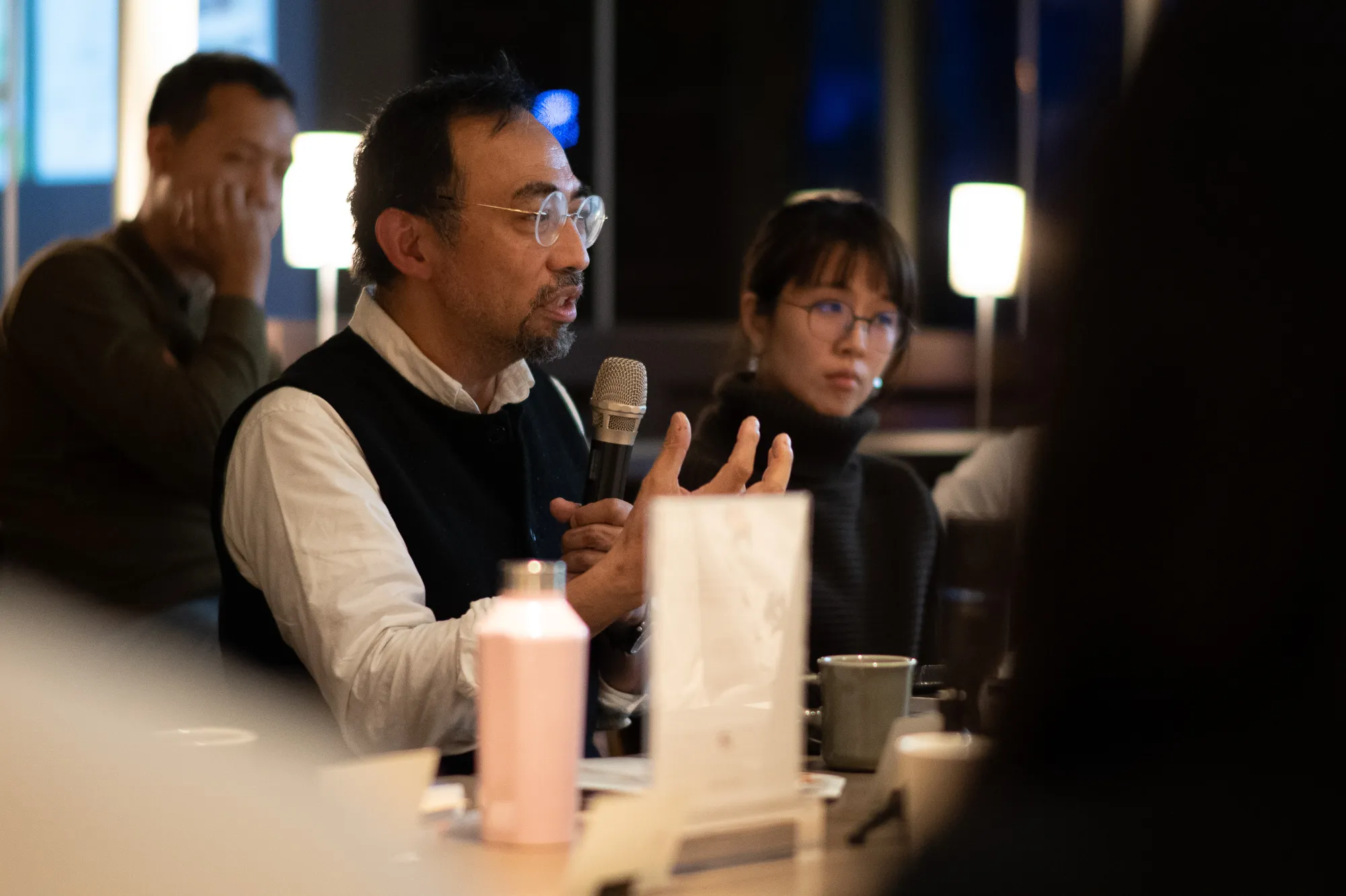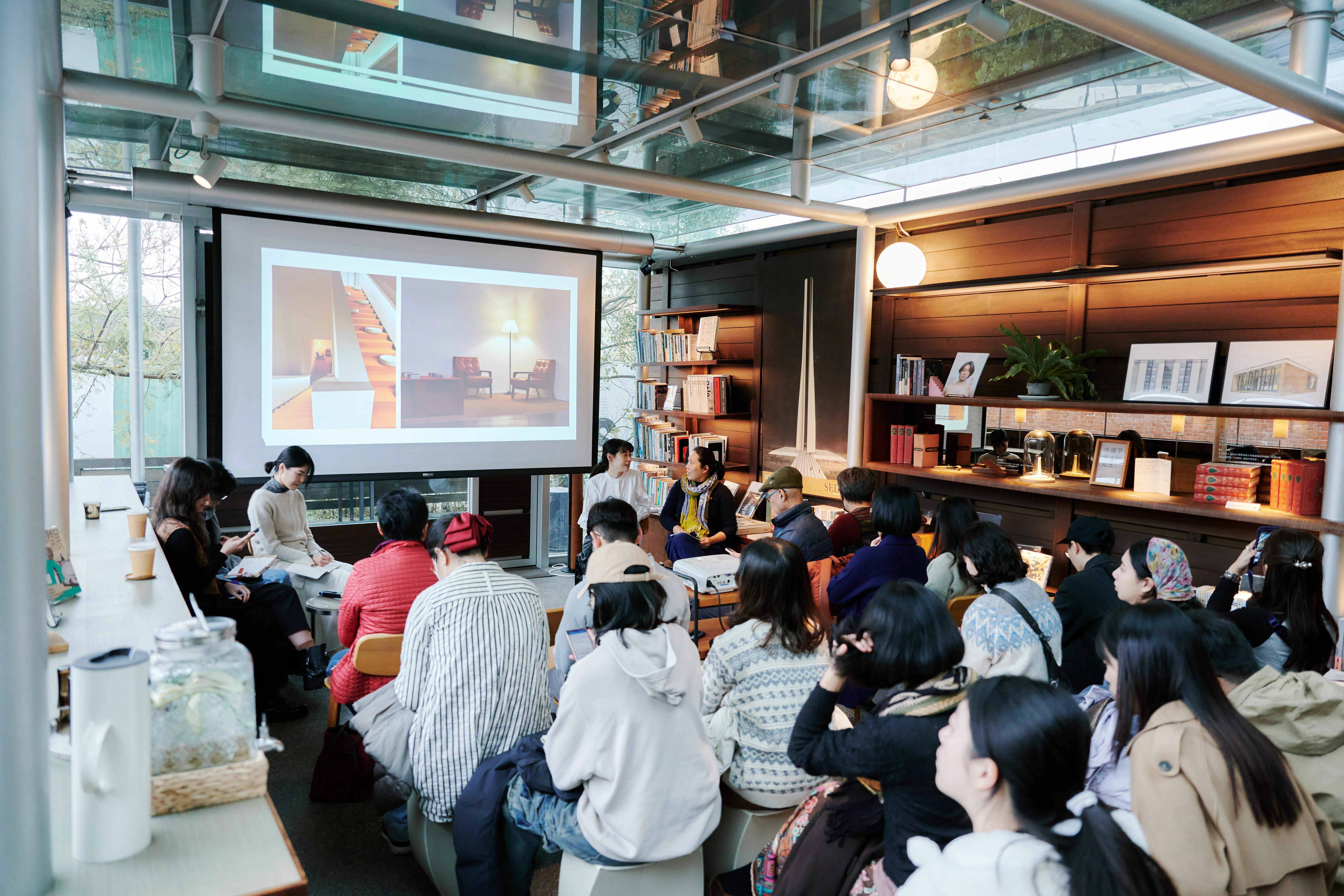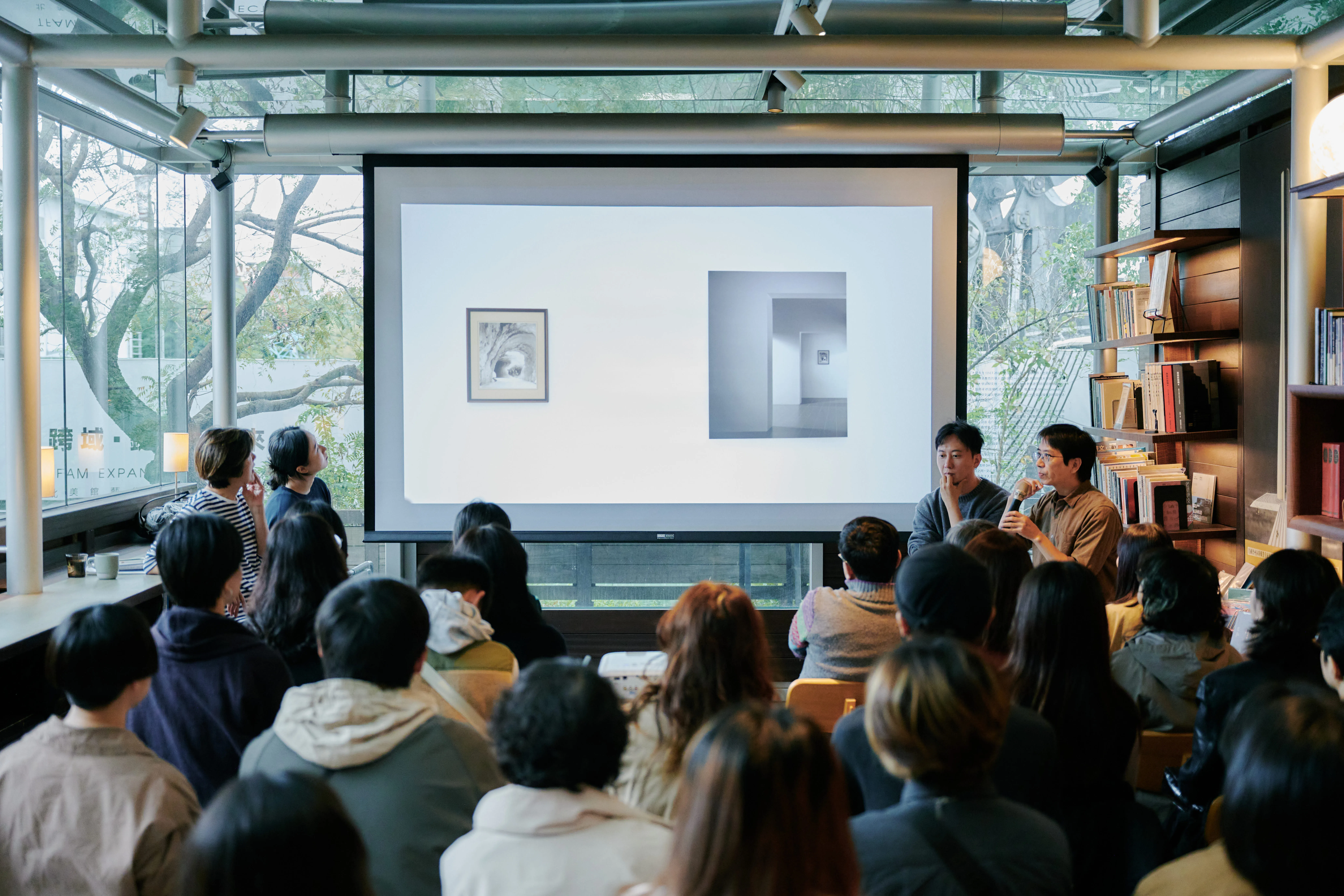
The Chimera Group.New Visions on Urbanism | City and Design
Speaker
Professor, Institute of Architecture and Urban Development, National Taiwan University, Zhihong Wang
Guest
Sun Qianyong, Lecturer, Department of Architecture, China University of Science and Technology
Location
DH Café (No. 153, Section 3, Zhongshan North Road, Zhongshan District, Taipei City)
Fee
One session $1500 (including monthly reading books, expert readings, themed salon tips, guided reading notes)
Package $9000 (price includes 6 salon reading books, expert guides, themed salon snacks, guide notes)
Books
Xu Tsuen, Wang Zhihong Liang, “Cities and Design”. Grouping, 2019. (Original: Paul L. Knox, Città e design)
Introduction
Chimera Reading Salon: New Perspectives of the City continues the spirit of The Chimera Group, a transdisciplinary arts society founded in the 1950s by Mr. Wang Dao, who often invited artists to meet in his home. The Chimera Group started from “architecture” and gradually expanded to performing arts, art, literature, photography, and commentary. Years of free and open cross-domain communication at Wang Daishi's home. With “City” at its core, the first series will invite Professor Wang Zhihong, Institute of Architecture and Urbanism, National Taiwan University, and special guests to explore new perspectives on urban space culture through six of his translated urban space books. The first lecture will be based on the book “Cities and Design” and will lead students to an in-depth discussion through an introductory reading by Professor Wang Zhihong and by special guest Professor Sun Kai-bong.
“City and Design”
Good design for a good life, a good life for a good city
The city was originally a product of the manufacturing era, but it has been radically transformed in the image of the consumer society. Competing spending among affluent families reinforces the importance of style and design in various fields. The rise of design has formed a profession and a rapid growth in scale, reflecting a unique geography on the one hand, and on the other hand, we note that the design industry is located in the most closely connected cities with the world's critical enterprise service systems. The design is connected to the heart of the city.
From a social science perspective, the book looks at the economic and cultural links of design in contemporary cities and explores the complex relationship between design and the city. The book first traces the cognitive roots of urban design to design expertise in shaping the imprint and performance of urban environments, provides critical assessments, examines the role of design in the material culture of contemporary cities, and specifically analyzes the complex relationships between designers, producers, and distributors in contemporary cities For example, fashion and graphic design in New York; architecture, fashion and publishing in London; furniture, industrial design, interior design and fashion in Milan; haute couture in Paris and much more.
2006 was a pivotal year, with more than half of the world's population living in cities. Cities are scenes tied to design, design services, and design-related “emotions”. In contrast, the design also evolved into the starting point of the marketing city — Taiwan's current political highlight.
Event Recap
With more than half of the global population in 2006, cities have become an area where design and emotion are intertwined, and design has become a starting point for urban marketing. They were created by the rise of manufacturing and then reshaped the image of the consumer society, in the process being designed to become professional and closely connected to the service systems of key enterprises around the world. In Cities and Design, author geographer Paul L. Knox examines the economic and cultural role and positioning of design in contemporary metropolises from a social science perspective, and critically evaluates the benefits of design expertise in shaping urban environments. The book analyzes the complex relationships between designers, producers, and distributors in contemporary cities, using the case of design industries in different regions, such as fashion and graphic design in New York, architecture and publishing in London, furniture and industrial design in Milan. From looking at how design interrelates with social change, the design industry and urban development, we reflect on how planners and architects can integrate resources to maintain the fluidity and diversity of a place while designing and moving our cities to a more livable and sustainable future.
